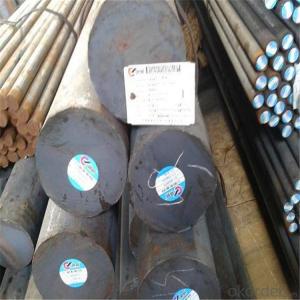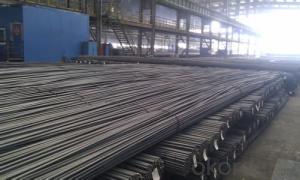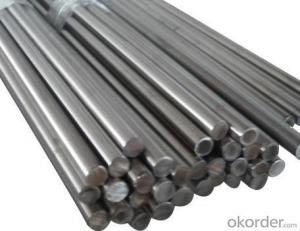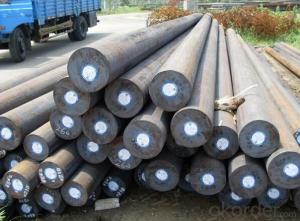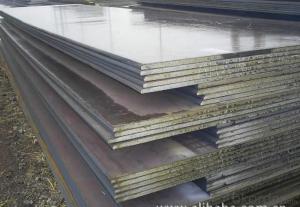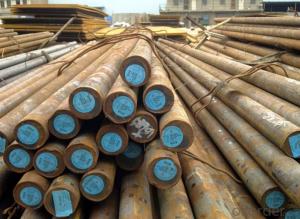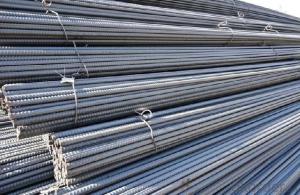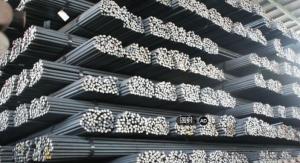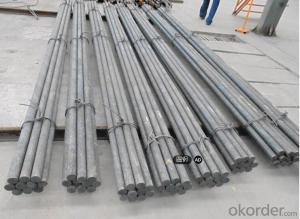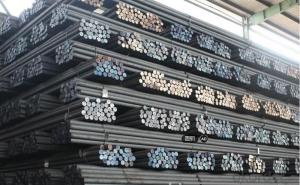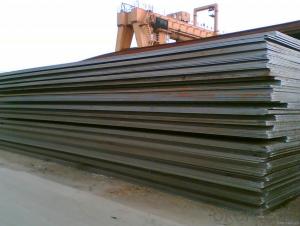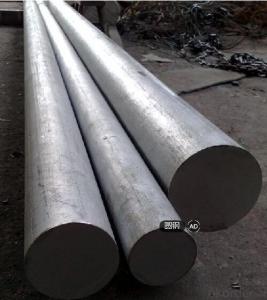5052 Aluminum Round Bar Stock
5052 Aluminum Round Bar Stock Related Searches
Led Light Bulbs For Ceiling Fixtures Led Lamps For Ceiling 42 In Ceiling Fan With Light Aluminum Coil Stock For Gutters Aluminum Foil For The Grill Hole Saw For Aluminum Plate Aluminum Tread Plate For Trailer Bow Plate For Aluminum Boat Aluminum Foil For Grow Room Aluminum Foil For Joint PainHot Searches
Stock Price For Aluminum Aluminum Coil Stock For Sale Aluminum Gutter Coil For Sale Used Aluminum Scaffolding For Sale 1/4 Aluminum Plate For Sale Aluminum Bar Stock For Sale Aluminum Round Stock For Sale Aluminum Diamond Plate For Sale Aluminum Scaffolding For Sale Craigslist 6061 Aluminum Plate For Sale Aluminum Dock Plate For Sale 7075 Aluminum Plate For Sale Aluminum Tread Plate For Sale Aluminum Checker Plate For Sale Aluminum Plate For Sale Near Me Plate Aluminum For Sale Aluminum Plate For Sale Aluminum Square Stock For Sale Aluminum Flat Stock For Sale Billet Aluminum Stock For Sale5052 Aluminum Round Bar Stock Supplier & Manufacturer from China
Okorder.com is a professional 5052 Aluminum Round Bar Stock supplier & manufacturer, offers integrated one-stop services including real-time quoting and online cargo tracking. We are funded by CNBM Group, a Fortune 500 enterprise and the largest 5052 Aluminum Round Bar Stock firm in China.Hot Products
FAQ
- Common challenges in forging special steel include achieving the desired grain structure, maintaining uniformity and consistency throughout the material, controlling the temperature during the forging process, preventing cracks and defects, and ensuring proper heat treatment for the desired mechanical properties.
- Special steel contributes to sustainability efforts in several ways. Firstly, it has a longer lifespan compared to regular steel, which reduces the need for frequent replacements and minimizes waste. Additionally, special steel is often made from recycled materials, reducing the demand for raw resources and decreasing the environmental impact of mining and extraction. Furthermore, its exceptional strength and durability allow for the construction of more energy-efficient buildings and infrastructure, reducing energy consumption and greenhouse gas emissions. Overall, special steel plays a vital role in promoting a more sustainable and eco-friendly approach in various industries.
- Special steel can exhibit a range of magnetic properties depending on its composition and processing. It can be non-magnetic, weakly magnetic, or strongly magnetic. The specific magnetic properties of special steel can be tailored to meet specific requirements for different applications.
- Welding titanium alloys presents various difficulties due to the unique properties of titanium. Firstly, the melting point of titanium is exceptionally high, reaching approximately 1668°C (3034°F). This necessitates the use of specialized equipment and techniques to attain optimal welding conditions. Moreover, this high melting point increases the risk of overheating, which can lead to distortion or warping of the welded components. Another challenge lies in titanium's strong reactivity with oxygen, nitrogen, and hydrogen. These gases can easily contaminate the weld pool during the welding process, resulting in the formation of brittle and porous welds. Therefore, it is essential to take rigorous measures such as utilizing inert shielding gases like argon or helium, maintaining a high level of cleanliness, and employing proper welding techniques like gas tungsten arc welding (GTAW) to minimize contamination and achieve sound welds. Titanium also exhibits a significant affinity for carbon, which can cause the formation of brittle intermetallic compounds during welding. To prevent this, it is crucial to employ low-carbon filler metals and ensure appropriate heat input to avoid carbon diffusion into the weld zone. Furthermore, titanium alloys possess low thermal conductivity, causing heat generated during welding to concentrate in a small area. This concentration leads to localized overheating and potential damage. Hence, it is vital to control heat input and utilize suitable welding techniques to distribute heat evenly, thereby avoiding overheating and preserving the integrity of the welded joint. Lastly, titanium alloys display a high coefficient of thermal expansion, resulting in significant thermal expansion and contraction throughout the welding process. This can lead to distortion and residual stresses in the welded components. To mitigate these issues, preheating and post-weld heat treatment may be required to minimize distortion and relieve residual stresses. In conclusion, the challenges in welding titanium alloys encompass a high melting point, reactivity with gases, potential contamination, formation of intermetallic compounds, low thermal conductivity, and significant thermal expansion. By comprehending these challenges and implementing suitable welding techniques, it is possible to overcome these difficulties and achieve high-quality welds in titanium alloys.
- Special steel contributes to the aerospace material recyclability by offering high durability and strength, making it a preferred material for various aircraft components. Its recyclability is enhanced through processes such as melting and reformation, allowing the steel to be reused in new applications. This reduces the need for new steel production, conserves resources, and minimizes waste generation in the aerospace industry.
- There are several different types of special steel, including stainless steel, tool steel, high-speed steel, alloy steel, and carbon steel. Each type has specific properties and characteristics that make it suitable for different applications and industries.
- There are several methods of joining special steel, each with its own advantages and limitations. Some of the most common methods include: 1. Welding: This is the most widely used method of joining steel. It involves melting the base material and adding a filler material to create a strong bond. Different welding techniques such as arc welding, gas welding, and laser welding can be used depending on the specific requirements. 2. Brazing: This method involves heating the steel and melting a filler metal with a lower melting point, which then flows into the joint by capillary action. Brazing is often used when joining dissimilar metals or when a lower-temperature joining process is needed. 3. Soldering: Similar to brazing, soldering also uses a lower melting point filler material to join the steel. However, soldering involves melting the filler material without melting the base material. It is commonly used for electrical connections and delicate applications. 4. Mechanical fastening: This method involves joining the steel components using mechanical means such as bolts, screws, rivets, or other types of fasteners. Mechanical fastening is often preferred in situations where disassembly or maintenance is required. 5. Adhesive bonding: Special steel can also be joined using adhesives that create a strong bond between the surfaces. Adhesive bonding is suitable for joining complex shapes, reducing stress concentrations, and providing excellent corrosion resistance. 6. Friction welding: This technique involves rubbing or spinning two steel components together under pressure to generate heat, which then creates a bond. Friction welding is commonly used for joining high-strength or heat-treated steels. 7. Explosive welding: This method involves using explosives to create a high-speed collision between two steel surfaces, resulting in a solid-state bond. Explosive welding is often used for joining dissimilar metals or when high strength and corrosion resistance are required. The choice of joining method depends on factors such as the type of steel, the desired strength and durability of the joint, the specific application requirements, and the available equipment and expertise.
- Special steel performs exceptionally well in mining applications due to its unique properties and characteristics. It offers superior strength, hardness, and durability, making it highly resistant to wear, abrasion, and impact. This enables special steel to withstand the harsh and demanding conditions typically encountered in mining operations, including heavy loads, extreme temperatures, and corrosive environments. Additionally, its excellent machinability and weldability facilitate easy fabrication and repair of mining equipment, ensuring prolonged service life and efficient performance. Overall, special steel plays a crucial role in enhancing the productivity, safety, and reliability of mining operations.


















